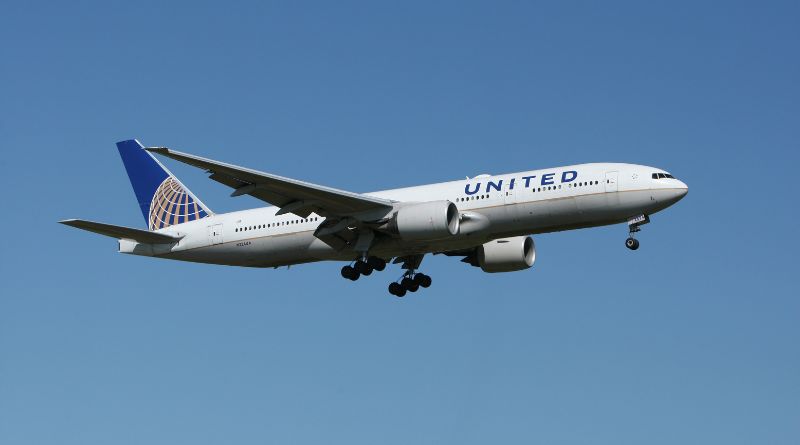Starting a business always carries risk, and certain types of businesses are more prone to losses due to various factors like high competition, low margins, and market saturation. Here are ten types of businesses that are often considered high-risk or more likely to result in losses:
1. Restaurants and Cafés
- High Failure Rate: Restaurants have notoriously high failure rates due to fierce competition, high overhead costs, and changing consumer preferences.
- Thin Margins: Profit margins in the food and beverage industry are often slim, making it difficult to sustain operations during slow periods.
2. Retail Stores
- E-Commerce Competition: Brick-and-mortar retail stores face stiff competition from online retailers, which often have lower operating costs.
- High Operating Costs: Rent, inventory, and staffing costs can quickly add up, leading to potential losses if sales don’t meet expectations.
3. Travel Agencies
- Shift to Online Booking: Traditional travel agencies have struggled to compete with online booking platforms that offer more convenience and lower prices.
- Economic Sensitivity: The travel industry is highly sensitive to economic downturns, pandemics, and geopolitical events, which can drastically reduce demand.
4. Construction Companies
- Project Delays and Overruns: Construction projects are often subject to delays, cost overruns, and legal disputes, which can erode profitability.
- Economic Cycles: The construction industry is cyclical and heavily influenced by the economy, making it risky during downturns.
5. Nightclubs and Bars

- Regulatory Hurdles: Nightclubs and bars face stringent regulations, including licensing and noise restrictions, which can be costly to comply with.
- Changing Trends: Consumer preferences in nightlife can change quickly, leading to a decline in foot traffic and profitability.
6. Magazine Publishing
- Declining Print Media: The shift to digital media has led to a decline in print magazine sales, making it difficult for new publications to gain traction.
- Advertising Revenue Drop: Traditional advertising revenue for magazines has plummeted as advertisers move to digital platforms.
7. Independent Bookstores
- Competition from E-Commerce: Independent bookstores face intense competition from online retailers like Amazon, which offer lower prices and greater convenience.
- Narrow Margins: Bookstores typically operate on narrow profit margins, making it challenging to cover operating expenses.
8. Fashion Boutiques
- Seasonal Trends: Fashion is highly seasonal, and unsold inventory can quickly become obsolete, leading to significant losses.
- High Competition: The fashion retail industry is saturated, with numerous competitors vying for the same customers.
9. Car Dealerships
- Inventory Costs: Car dealerships require significant capital to maintain inventory, and unsold vehicles can tie up capital and lead to losses.
- Economic Sensitivity: Car sales are closely tied to the economy, making dealerships vulnerable during economic downturns.
10. Luxury Goods Stores
- Economic Cycles: Luxury goods are often considered non-essential, and sales can drop sharply during economic downturns.
- High Operating Costs: Luxury stores often have high operating costs, including rent in premium locations and expensive inventory.
ALSO READ:
Conclusion
While these businesses can be profitable under the right circumstances, they carry a higher risk of loss due to market conditions, competition, and operational challenges. If you’re considering starting one of these businesses, it’s crucial to conduct thorough market research, have a solid business plan, and be prepared for the potential risks involved.


